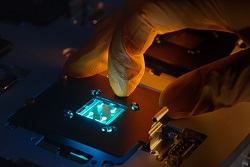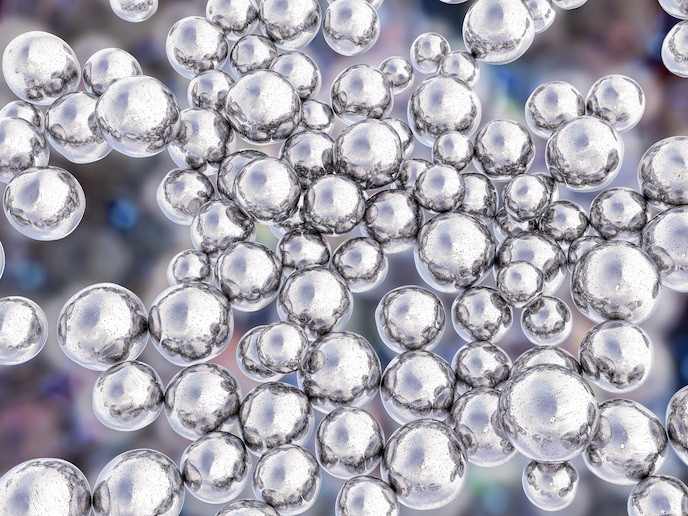Degassing molten aluminium
EU factories that produce metal castings (foundries) face intense competition from foreign manufacturers. Low-cost labour and lax regulations make it cheaper and easier for them to do business. Nearly a quarter of jobs in the foundry sector have been lost within the last few years. The small companies that dominate the sector lack the infrastructure and financial means to carry out the necessary research and development to push ahead of the competition. The EU-funded project 'Development of a degassing system for aluminium casting processing based on ultrasound' (ULTRAGASSING)(opens in new window) tackled one of the most important challenges facing the foundries that work with alloys not containing iron (non-ferrous). Casting is a common metal and alloy-forming technique where a liquid or molten material is poured into a mould to cool and solidify into the desired shape. However, the structural integrity of the finished part is often compromised by the formation of small voids or porosities in the materials. In particular, aluminium alloys are subject to porosities due to the presence of hydrogen gas bubbles in the molten metal. Current degassing techniques are expensive, inefficient and harmful to human health. The novel ultrasonic degassing technique developed by the ULTRAGASSING project improves melt quality by removing hydrogen gas and oxides during casting. In addition, with no harmful gas emissions, it is a safe and environmentally friendly method that meets current and future potential environmental regulations. The team has built two prototypes for aluminium degassing via ultrasonic vibration of the metal: one for high-pressure die casting, and the other for low-pressure die casting and gravity casting. This optimised and versatile scheme, applicable to both continuous and batch processes, produced similar or better mechanical properties and porosity indicators compared to currently available technologies. The process reduces production time, enhances product quality and completely eliminates the use of harmful materials. Benefits abound for small companies, consumers and the environment.







